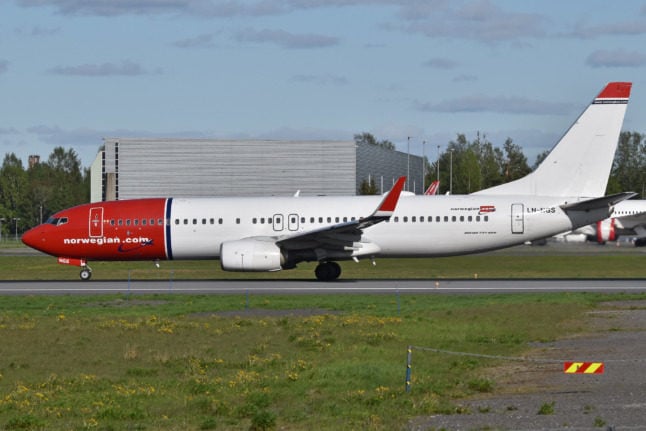In financial difficulty even before the arrival of the Covid-19 pandemic – which aggravated its problems further by paralysing global air traffic – Norwegian was in December placed under bankruptcy protection in Ireland, where several of its subsidiaries are based, and in Norway.
With its creditors and aircraft leasing companies, the company has negotiated a reduction of its debt and financial obligations by between 63 and 65 billion kroner (6.2-6.4 billion euros, $7.5-7.8 billion), to between 16 and 18 billion kroner.
READ ALSO: Norway taps oil wealth to cushion Covid impact
In addition, Norwegian, once Europe’s third-biggest low-cost airline, has also dropped its loss-making long-haul business, cancelled many of its aircraft orders, slashed its fleet from 156 to 51 planes, and raised six billion kroner in a new share issue.
It is also expected to have reduced its number of employees from around 10,200 at the end of 2018 to some 3,300 by the end of the restructuring, according to financial news site e24.no.
With its restructuring plan approved by Norwegian and Irish courts, the company can now emerge from bankruptcy protection.
“It’s a relief to be a normal airline again,” chief executive Jacob Schramvtold reporters at a press conference.
Norwegian said Wednesday in a statement it has liquidity of seven billion kroner.
“This war chest can keep us afloat long after summer next year,” Schram said.
“We are strong enough to cope with a total reopening of society,” he told news channel TV2 Nyhetskanalen.
But the company, which has had just nine aircraft in operation since December 2020, continues to operate at a loss.
In the first quarter, when it transported just 210,000 passengers, the company posted a pre-tax loss of 1.19 billion kroner, compared to a loss of 3.29 billion a year earlier.
Now focused on Europe and in particular the Nordic countries, Norwegian plans to have 70 aircraft in operation next year, when travel is expected to resume as the pandemic wanes.
The company’s share price, which has been highly volatile of late, was up by almost 30 percent on Oslo’s stock exchange in midday trading.



 Please whitelist us to continue reading.
Please whitelist us to continue reading.
Member comments